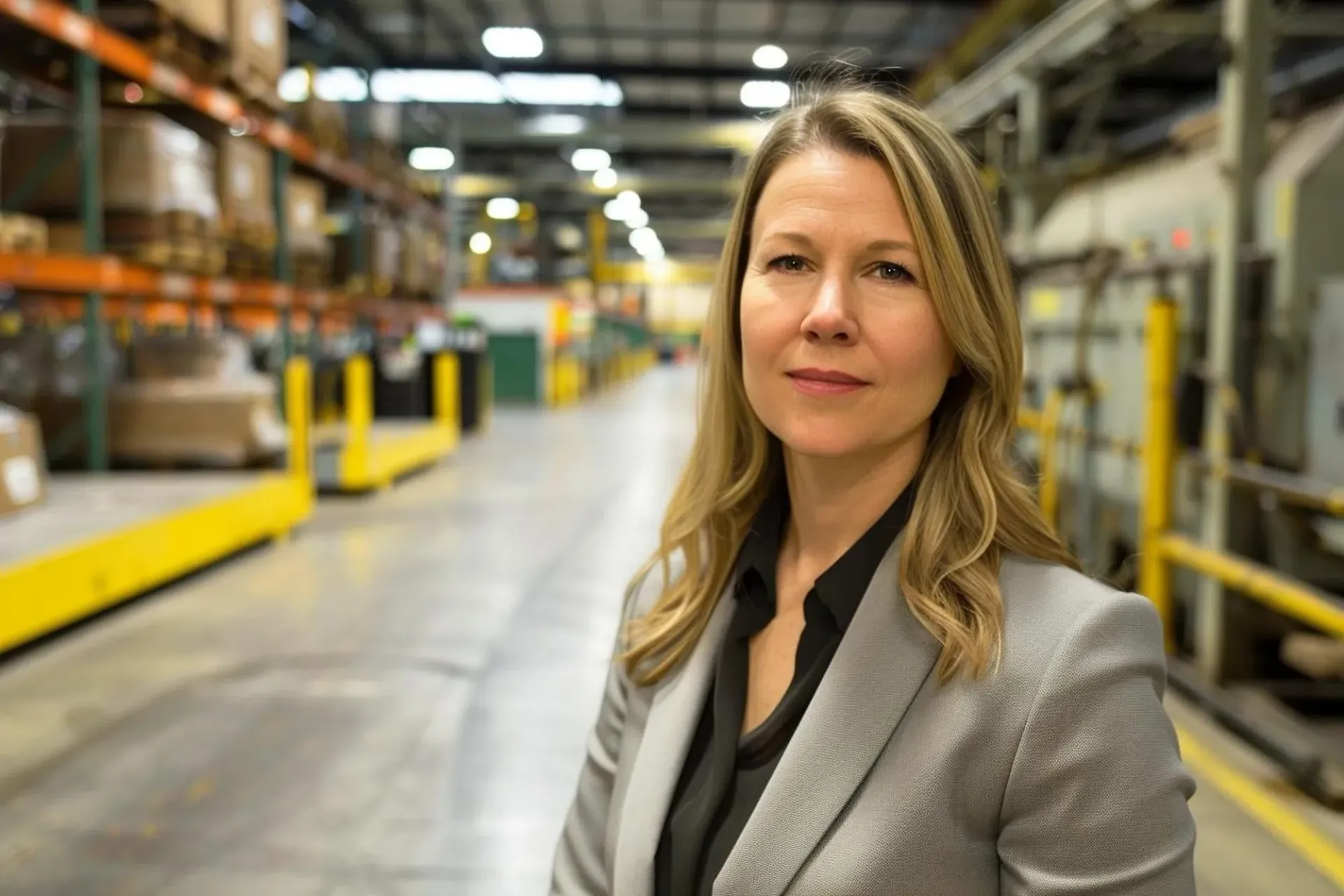The landscape of executive hiring is undergoing a significant shift. No longer do traditional methods of evaluating candidates based purely on past experience, credentials, gut feelings or networking prowess solely determine the suitability of an executive. The modern-day executive's role is complex, multifaceted, and constantly evolving. In an era when companies are striving to break past traditional norms, the role of objective assessments in executive hiring has become pivotal. Why? Let's delve deep.
A Shift Beyond Technical Prowess
For years, hiring for executive roles focused on technical acumen, years of experience, and proven track records. While these are undeniably crucial, one cannot ignore the underlying facts that drive an executive's actions: their personality traits, cultural fit, and alignment with a company's core values.
While a resume can tell you about past roles and achievements, psychometric assessments, as highlighted in the context provided, give insights into adaptability, motivations, and potential cultural synergies or clashes. They go beyond what candidates have done to predict what they might do in unfamiliar terrains or challenging scenarios.
The case for assessments goes beyond measuring technical skills.
A study by Harvard Business Review found that 80% of employee turnover can be attributed to bad hiring decisions, many of which are the result of cultural misalignment. Assessments help identify these potential pitfalls early in the process.
The Nuances of Executive Assessments
Beyond the general psychometric tests, executive assessments delve deep into personality profiling and cultural fit. Instruments such as the DiSC, 16 PF, FIBRO-B, and Myers Briggs Type Indicator have revolutionised the way we view potential hires. These aren’t the generic personality tests that were popular in past decades. They are intricate tools that spotlight behavioural tendencies, leadership styles, decision-making processes, and more.
There's a broad spectrum of tools available for executive assessments, ranging from cognitive ability tests to in-depth personality profiling.
Other popular assessments include:
- Hogan Assessments: These offer insights into a person's character, reputation, and business-related motives.
- Gallup StrengthsFinder: Concentrates on an individual's top talents, offering organisations a deep dive into what makes their executives 'tick'.
However, the magic happens when these theoretical measurements from assessments are paired with live interviews by experts who can interpret and provide context to the data. This amalgamation of data-driven insights and human intuition offers a holistic view of the candidate, enabling better decisions regarding cultural alignment, onboarding strategies, and potential development areas.
Guiding the Boardroom
Boards play a crucial role in the hiring process. Their involvement ensures that executive hires align with the company's larger vision and mission. But when should they consider including executive assessments in the process?
Simply put, always. Whether you’re hiring for an existing position or a new role such as Chief Sustainability Officer or Chief Digital Transformation Officer, the need for comprehensive insights remains consistent. Objective assessments ensure that even if the role didn't exist a decade ago, the board has the tools to predict how a candidate will shape and grow with the role.
Boards and Executive Assessments: The Perfect Collaboration
For boards, the responsibility lies in identifying the right type of executive assessment. Start by getting clear on the company's core values and the specific attributes that would complement those values.
The ideal time for boards to think about including executive assessments? The moment succession planning or expansion comes into play. Being proactive, rather than reactive, ensures that the hiring process remains thorough, consistent, and poised to identify the best candidates for the role.
The Double-Edged Sword
Now, there's no denying the depth that executive assessments add to the hiring process. But, a pressing question arises: Can these assessments deter potential talent? The answer is, unfortunately, yes. Some high-calibre candidates might view assessments as impersonal or redundant, especially if they're already well-established in their fields.
To counteract this, boards need to communicate the value and rationale behind these assessments clearly. Transparency is key. If a candidate understands that the intent is to ensure a mutual fit – benefiting both the employee and the employer – they're more likely to participate willingly. Refusal might also indicate a candidate’s resistance to adaptability or new methodologies – vital insights for the board.
It speaks volumes about both the employer and the candidate. For employers, it showcases a commitment to not just hiring the right skill set, but also the right mindset. For candidates, the willingness to undergo such assessments shows adaptability, openness, and a commitment to aligning with a company's ethos.
The Role of Executive Search Firms
Executive search firms can be invaluable allies in this journey. Acting as intermediaries, their role goes beyond headhunting; they educate potential hires about the company's vision and why assessments are an integral part of the hiring process. They can help communicate the importance and benefits of these assessments to candidates, ensuring understanding and willingness. Their expertise ensures that assessments are presented not as hurdles, but as tools for mutual discovery. Moreover, these firms can assist in customising assessment strategies for specific roles, industries, or company cultures, ensuring relevance and precision.
They can also provide feedback, helping candidates understand areas of strength and potential growth, turning a hiring exercise into a developmental opportunity.
Recent Data That Speaks Volumes
Let's turn our attention to some compelling numbers:
- A recent study by the Harvard Business Review found that companies that employed rigorous, objective methods for selecting executives enjoyed a staggering 213% increase in market capitalization over a two-year period post-hire, compared to their counterparts. This isn’t mere coincidence; it’s testament to the power of informed, data-driven hiring practices.
- According to a McKinsey report, companies in the top quartile for gender diversity on executive teams were 21% more likely to outperform on profitability. But how does one ensure genuine diversity? Through unbiased, objective assessments.
- A study from SHRM reveals that the average cost of a bad hiring decision can equal 30% of the individual’s first-year potential earnings. With executive salaries being sizable, the financial implications of a hiring misjudgment can be significant. Assessments can reduce this risk considerably.
The Way Forward
In an age of information, relying purely on intuition or past accolades is not just risky; it’s a missed opportunity.
Objective assessments in executive hiring are more than just a trend; they're a reflection of the evolving corporate ecosystem. When used judiciously and transparently, they can unlock unparalleled insights, ensuring that your next executive hire is not just good, but truly great..By focusing on personality profiling and cultural fit, companies not only ensure they're bringing in the right skills but also the right perspectives, values, and visions.
As the business landscape evolves, so too should our hiring methodologies. Embrace assessments, and let data guide the way to better, more inclusive hiring decisions.


